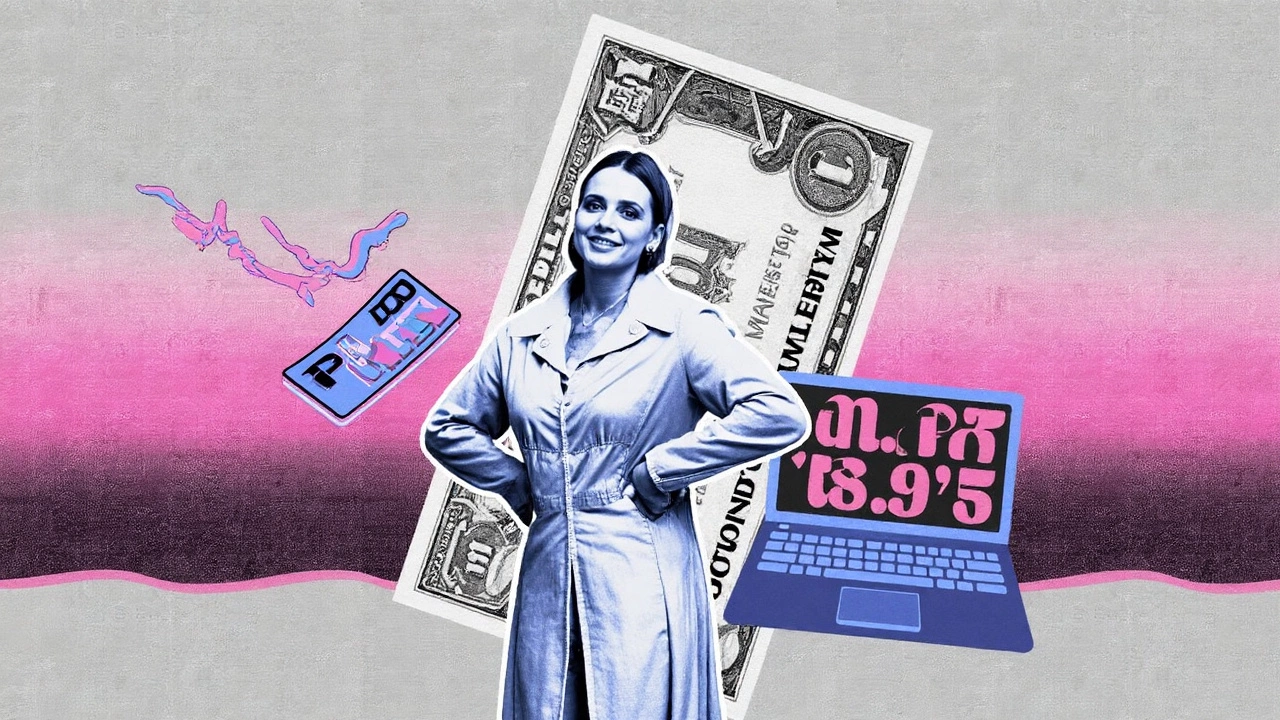AI-Generated Endorsements: What They Are and Why They Matter
When talking about AI-generated endorsements, automated promotional messages created with artificial intelligence algorithms that mimic the voice and style of real people or brands. Also known as synthetic endorsements, this approach blends tech with marketing to produce scalable, data‑driven content. Artificial Intelligence, the set of algorithms that can learn patterns, generate text, and analyze audience sentiment powers the creation process, while the endorsement, a public declaration of support for a product, service, or idea format gives the output its persuasive edge. Brands are pairing these two to reach audiences faster and with more personalization than ever before. The result? A marketing tool that can produce hundreds of tailored messages in seconds, keeping the brand voice consistent across platforms.
One key player in this ecosystem is the digital influencer, a content creator with a dedicated online following who often drives consumer decisions. Influencers now feed AI models with their posting style, tone, and visual preferences, allowing the system to generate new endorsement pieces that feel authentic to their audience. This relationship creates a feedback loop: AI learns from influencer data, produces fresh endorsements, and the influencer curates or approves the final output, ensuring brand alignment while saving time. In practice, the process looks like this: an influencer uploads past captions, the AI suggests variations, the influencer selects the best fit, and the brand receives a ready‑to‑publish piece. This workflow illustrates how AI-generated endorsements enable rapid scaling without sacrificing the personal touch that audiences crave.
How the Pieces Fit Together
From a semantic standpoint, AI-generated endorsements encompass the subtopic of synthetic content creation, they require sophisticated natural‑language models, and they influence modern endorsement strategies. The central entity connects to related concepts like data‑driven audience targeting, brand consistency, and legal compliance for disclosures. When an AI model understands the nuances of an influencer’s voice, it can produce copy that meets FTC guidelines while still sounding genuine. This blend of technology and marketing expertise is reshaping how brands think about trust, scalability, and creative control. Below, you’ll find a curated set of posts that dive deeper into real‑world examples, ethical debates, and practical tips for getting started with AI‑powered endorsement campaigns.

TikTok deepfake scam: Fake Molly‑Mae perfume ads duped fans
A convincing deepfake campaign on TikTok used Molly‑Mae Hague’s likeness to push a perfume called Nyla, tricking fans into buying it. The videos stitched old clips with AI‑cloned voice to fake endorsements. Similar tactics targeted other reality TV personalities. The case exposes gaps in platform enforcement and ad rules as AI-driven fake celebrity endorsements spread fast.
Read More


